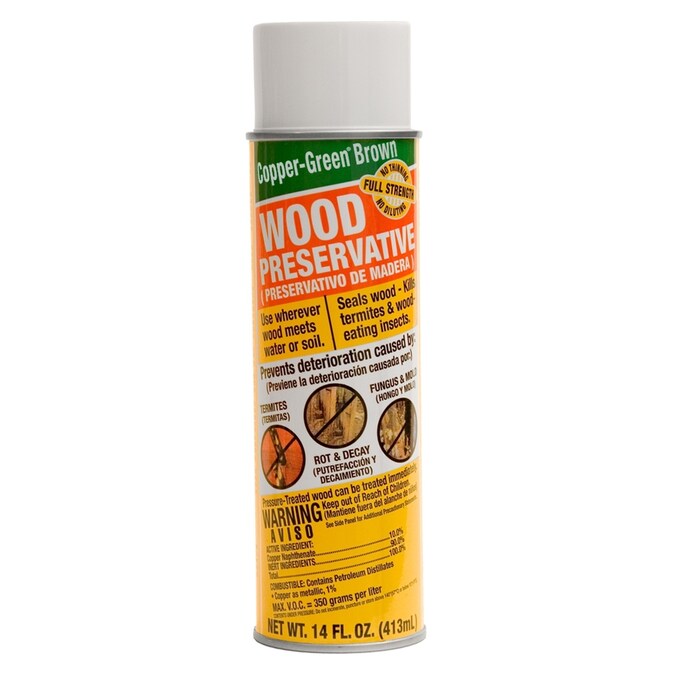Stingrayaxe
Active Member
- Oct 29, 2015
- 347
- Boat Info
- 2009 Sea Ray 205 Sport
2015 Chevy Tahoe, Max Towing
- Engines
- 5.0 Merc Alpha 1
What's the caulk preference for mounting smart tabs on the transom? 5200 too permanent? 4200? Life Seal? I could over drill, fill with epoxy and drill pilot holes in the epoxy but is this overkill? What advice can you give me? Thanks.




